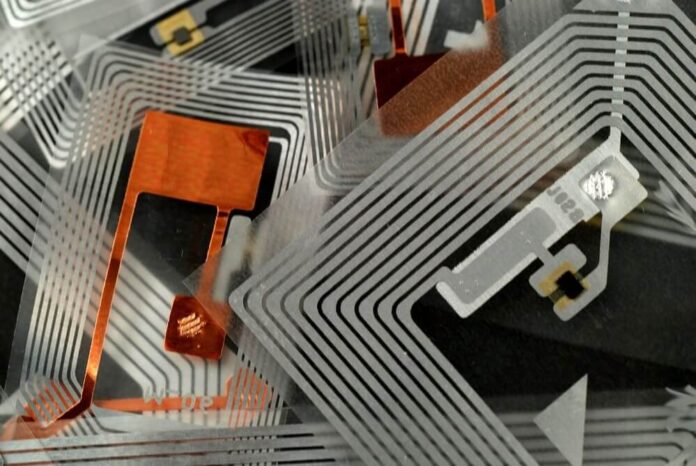The history of RFID dates back to the 1920s and the rise of radar — which means that RFID is coming up on its 100th anniversary in a few years. To celebrate, businesses everywhere should evaluate how they might integrate RFID tags into their operations to improve efficiency and reduce errors. And, everyone can enjoy the following fun facts about RFID tech.
The Vatican Uses RFID
The Vatican Library has more than 2 million ancient manuscripts, many of which are the only copies to have survived the ages. To keep track of all these priceless artifacts, the Vatican employs RFID tags, which tell Vatican security exactly where the manuscripts are within the library complex.
Hitachi Manufactures the Smallest RFID Tag
Tech continues to shrink, and RFID is no exception. Japanese conglomerate Hitachi manufactures the smallest RFID tag to date, which measures .01 inches square.
Road Tolls Use RFID
Many states across the U.S. use toll roads, which collect small payments from drivers to pay for infrastructure maintenance. To keep traffic flowing, many toll roads employ EZ pass systems, which involve RFID tags affixed to drivers’ windshields.
The UK Tracks Trash With RFID
Called “bin bugs,” RFID tags placed inside dumpsters help some areas of the United Kingdom track how much waste is created by each household. RFID in waste cans can also help cities keep track of the number and location of bins that require collection.
RFID Helps the FDA Track Blood
Human blood is one of the world’s most valuable resources. To make it easier for hospitals to organize and track the location of different types of blood, the FDA has approved RFID tracking systems.
Some Golf Balls Use RFID
There is nothing more frustrating to a golfer than accidentally slicing their lucky ball into the rough. To help golfers recapture their balls, some manufacturers are building RFID tags into golf balls.
In the world of golf, RFID technology is being used to aid in tracking golf balls, particularly in the sport of links golf. RFID tags embedded in golf balls help golfers locate their lost balls, ensuring a more efficient and enjoyable game on the challenging links courses.
RFID Tags Can Work in Arctic Environments
Often, technology is employed when it is neither safe nor convenient for humans to access an area. In Arctic and Antarctic regions, where temperatures routinely dip below -70 degrees, RFID tags can continue to provide valuable data.
Autonomous Vehicles Implement RFID
Driverless vehicles rely on a bevy of technologies to function — and RFID is an integral part of the equation. In the future, when autonomous vehicles are everywhere, ultra-high frequency RFID could help owners track the locations of individual components of their fleet.
Edible RFID Is Available
While most tech is best kept outside the digestive system, a company called NutriSmart has developed an edible RFID tag that helps companies and consumers better track the nutrition facts of food.
Advanced Sports Replays Are From RFID
When you watch the Big Game during the second weekend in February, you should pay close attention to the intricately animated replays of the players on the field. These replays are courtesy of RFID tags embedded in players’ protective padding.
RFID Helps Monitor Endangered Animals
There are many tools biologists use to calculate animal populations, but RFID is becoming one of the most important. With tags placed on individuals or stationed at specific locations within a territory, scientists can track the movement and number of endangered species.
Bee RFID Could Save Pollinator Populations
Scientists still are not entirely sure what is causing the mass extinction event of bees, but with RFID, researchers are better equipped to track migratory patterns and populations.
RFID Is Essential for Space Travel
Because astronauts need so many supplies to survive and thrive during space missions, NASA applies RFID tags to everything in the shuttle, which helps the program verify that everything is on board before takeoff.
Museums Become Interactive With RFID
With RFID readers located within certain exhibits, museums can enhance visitor experiences. When activated by nearby RFID tags, exhibits may offer additional information or encourage visitors to engage in other ways.
School Attendance Is Easier Through RFID
Some schools are beginning to implement high-tech solutions for tracking student whereabouts to keep kids safer while on campus. What’s more, RFID check-ins can help schools track tardiness, making perfect attendance even more admirable.
McDonald’s Was the First Restaurant to Use RFID
Ultimately, it makes sense that such an enormous food service company was the first to take advantage of a technology that radically improves efficiency.
















